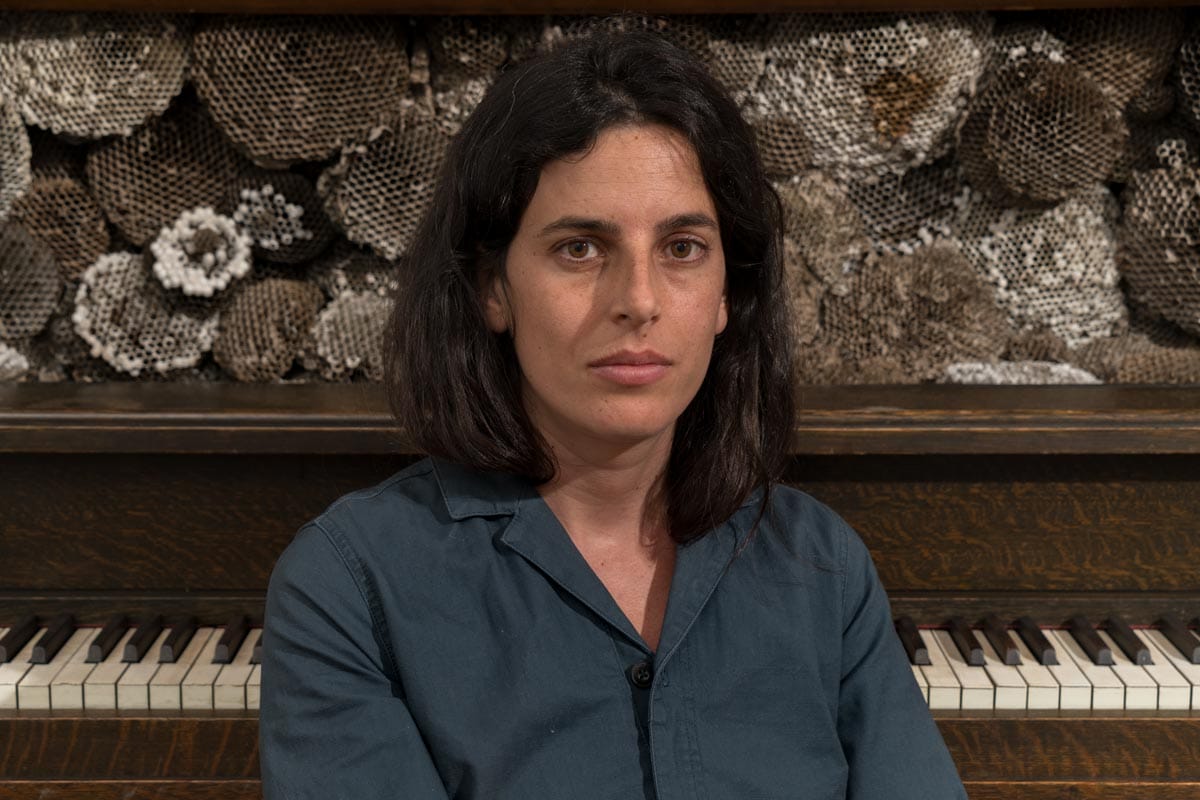
Selva Aparicio doesn’t think talking about death and decay should be taboo. Death, decomposition, and change are constants in our world, and vital for new growth and development. As an artist, she elevates these themes in her work, inviting viewers to engage with these concepts through the lenses of nature, memorial, and religion.
Aparicio was raised on the outskirts of Barcelona, in a landscape once cherished by the Catalan bourgeoisie and later abandoned during the Spanish Civil War. She drew inspiration from the landscape’s evolution—first as a refuge for squatters and outcasts, now reclaimed as a natural park.
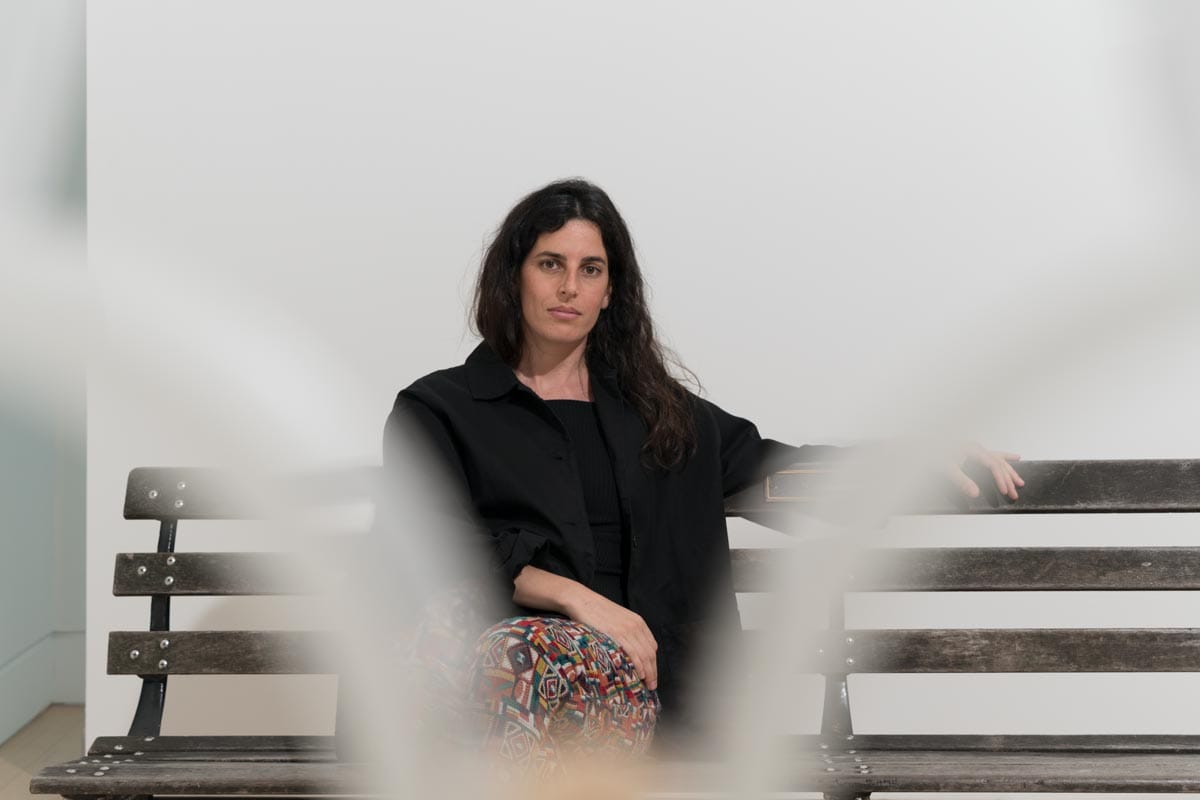
Growing up in an unstable household allowed Aparicio space for deep introspection, learning from the many travelers and wanderers who flowed in and out of her life. Her early connection to nature sparked a profound interest in the ephemeral, instilling in her a reverence for the discarded. Through her practice, she explores the cycles of life, death, and rebirth, transforming overlooked materials into powerful reflections on mortality and renewal.
Art and nature were a balm, and provided Aparicio with a sense of purpose and peace. “Amidst the chaos of my household, nature offered me peace, and art became a means of liberation. Recycling and resourcefulness have become integral to my creative process.” For her powerful sculptures, installations, and performances, Aparicio receives a Vilcek Prize for Creative Promise in Visual Arts.
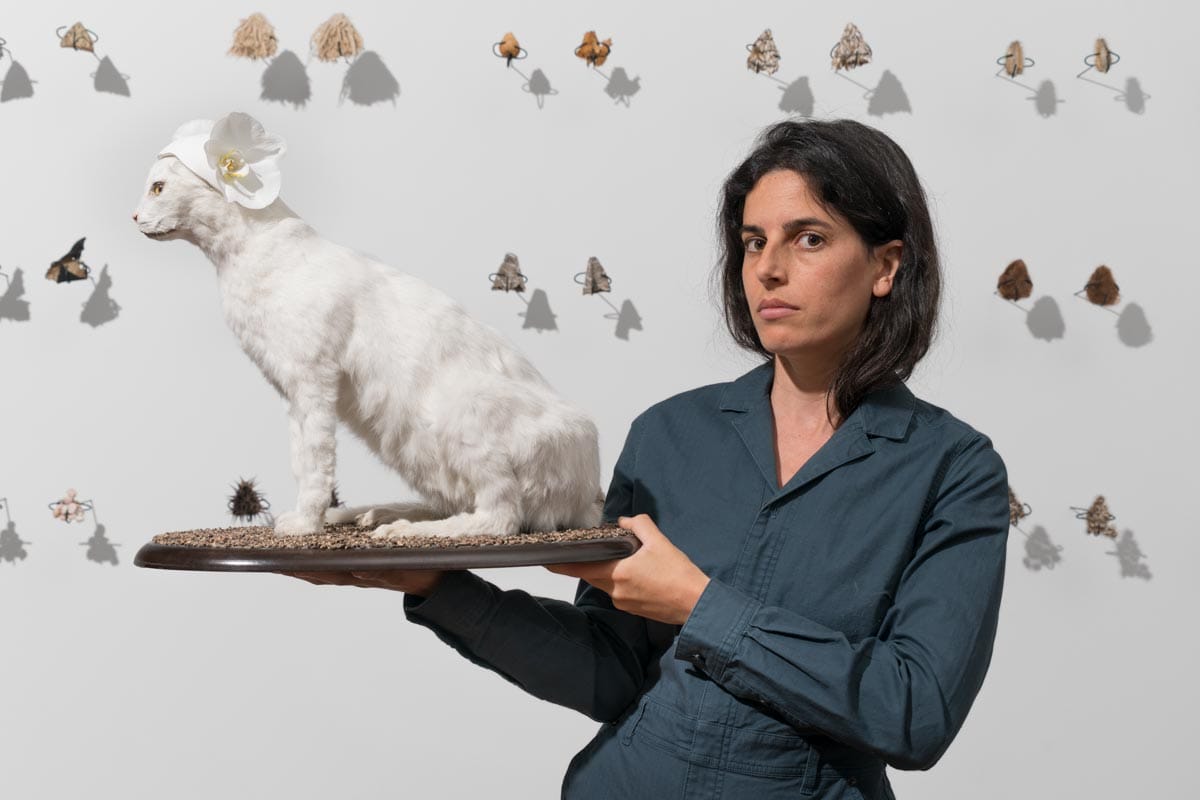
Death and Art
Aparicio is known for her use of unconventional materials—elements of change, decay, and transformation—ranging from discarded flowers and delicate dandelion seeds to human remains.
“Through these materials, I explore the sentiments and rituals associated with them, addressing issues like environmental degradation, social justice, and the human experience of loss. My work invites viewers to engage with these profound themes, helping them navigate their own emotions while confronting the subjects of mourning and the value of what we often discard—revealing how beauty can, at times, mask the terrible realities beneath.”
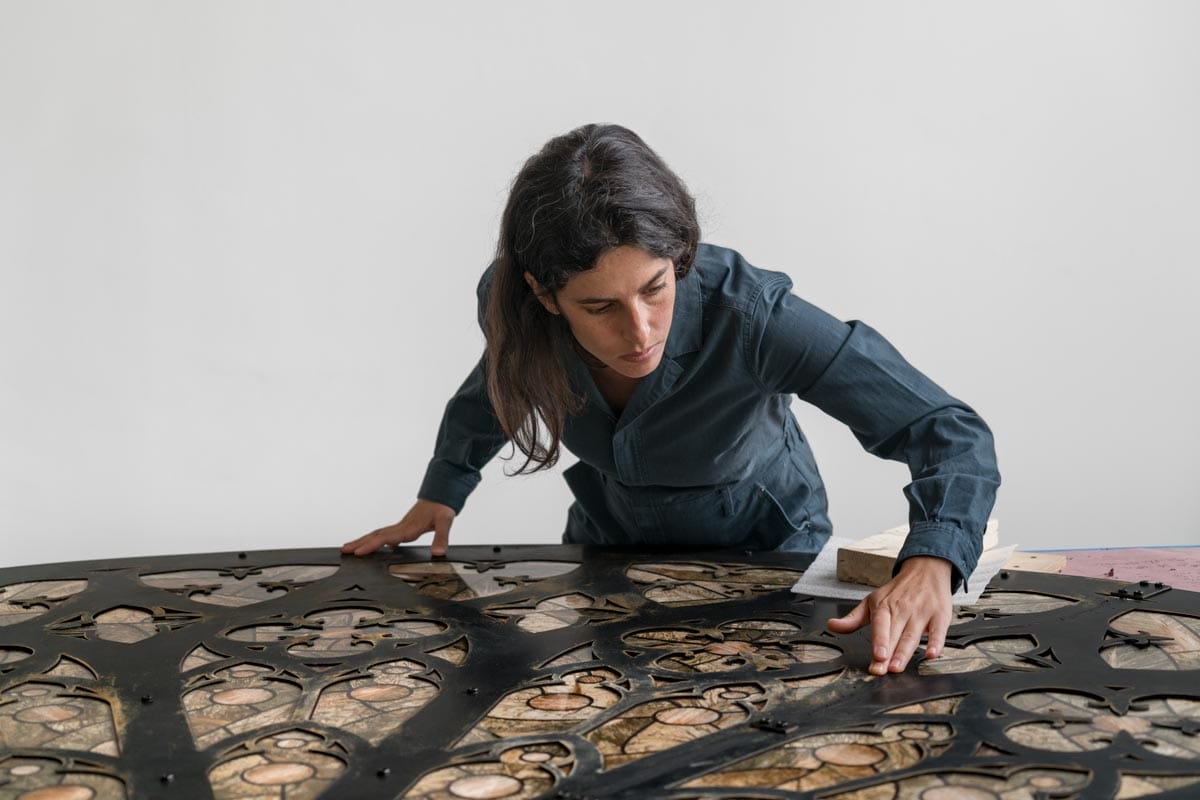
Works and Process
For her work Our Garden Remains, she developed a 48-foot-long tapestry from grave decorations collected from cemetery trash bins—combining the organic and inorganic: Cascades of artificial flowers are interwoven with balloons, plastic pinwheels, and ribbons. The mundane, anonymous objects are elevated, creating a veil across the gallery where they are installed. “Rather than letting them become litter, I wove them together to amplify messages of mourning and celebration. These tributes rise, fade, and blend together.”
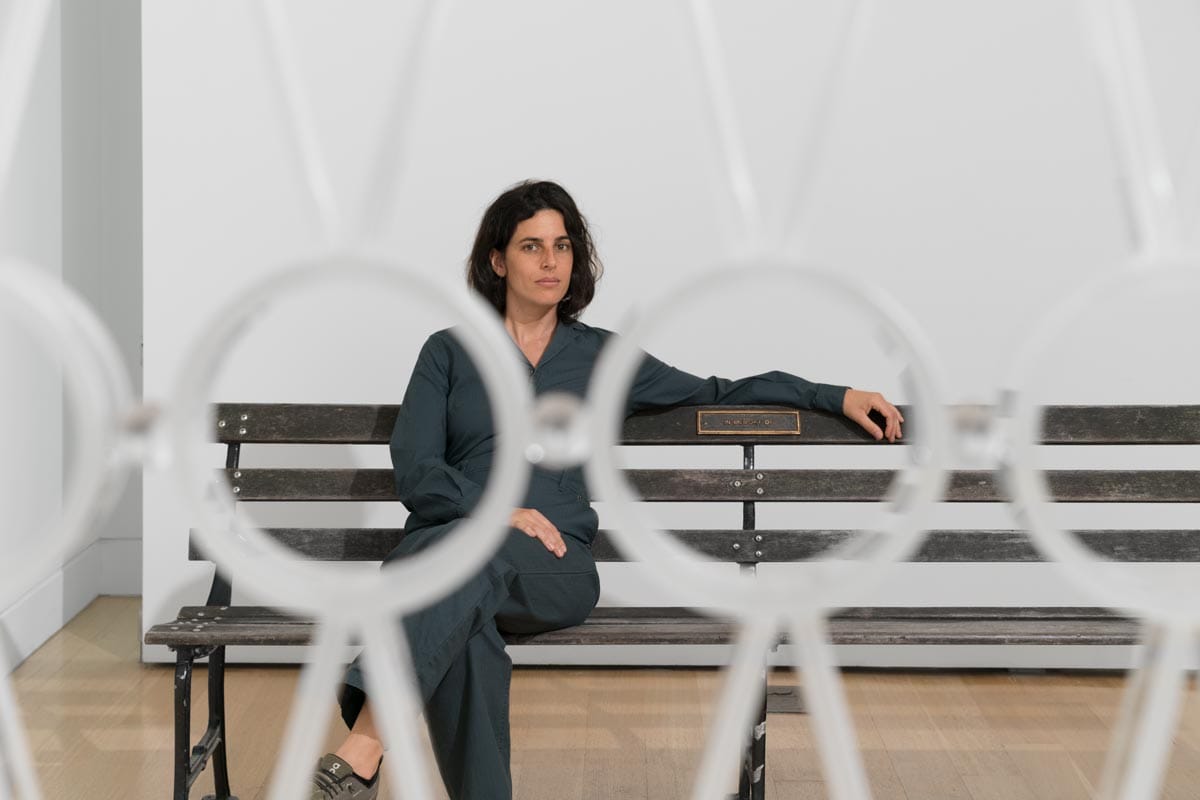

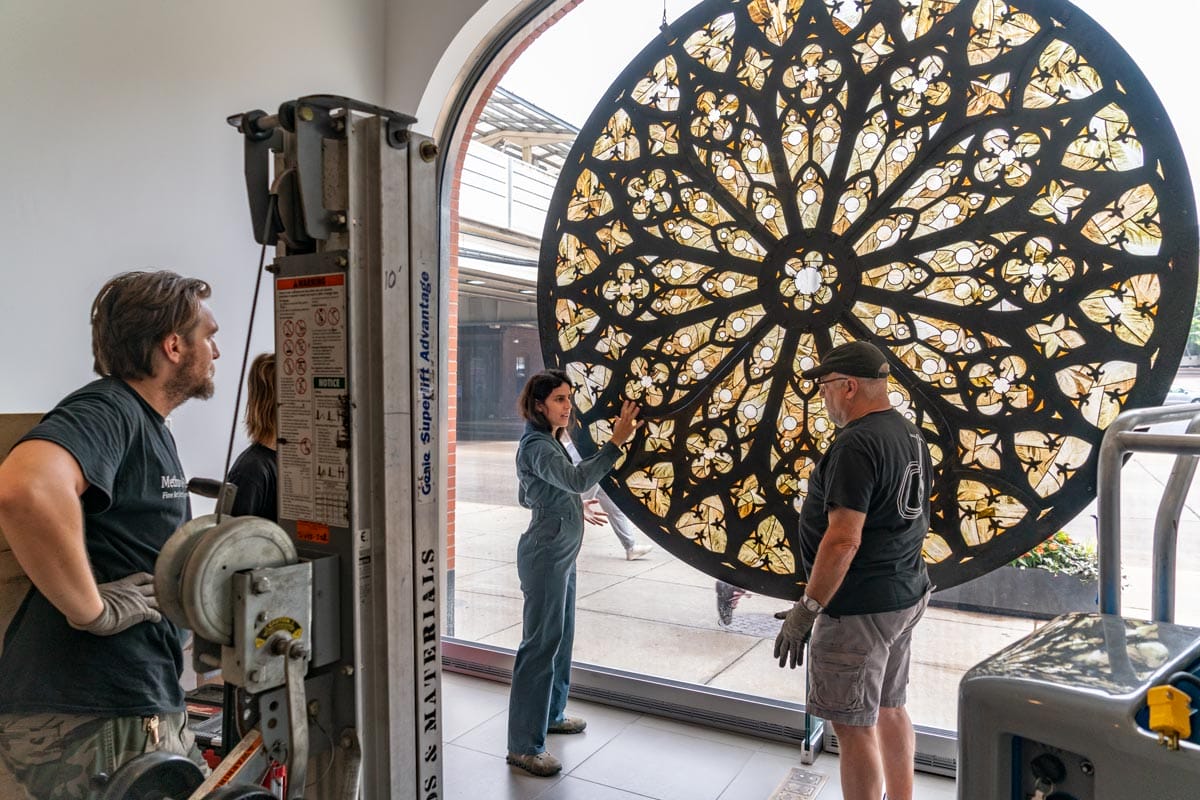





The concept of a veil or shroud is similarly evident in her work Velo de Luto (Mourning Veil). Aparicio collected and wove together Magicicada wings with three generations of women’s hair. The symbolic function of a veil—either to obscure, or to provide truth or clarity upon its removal—is compounded by the materiality of the medium, and the cyclical nature of cicadas’ emergence.
Transformation and growth
Aparicio finds empowerment in the thoughtful review and reception that her work has received. Seeing people moved by her installations has validated her in continuing to tackle complex subjects.
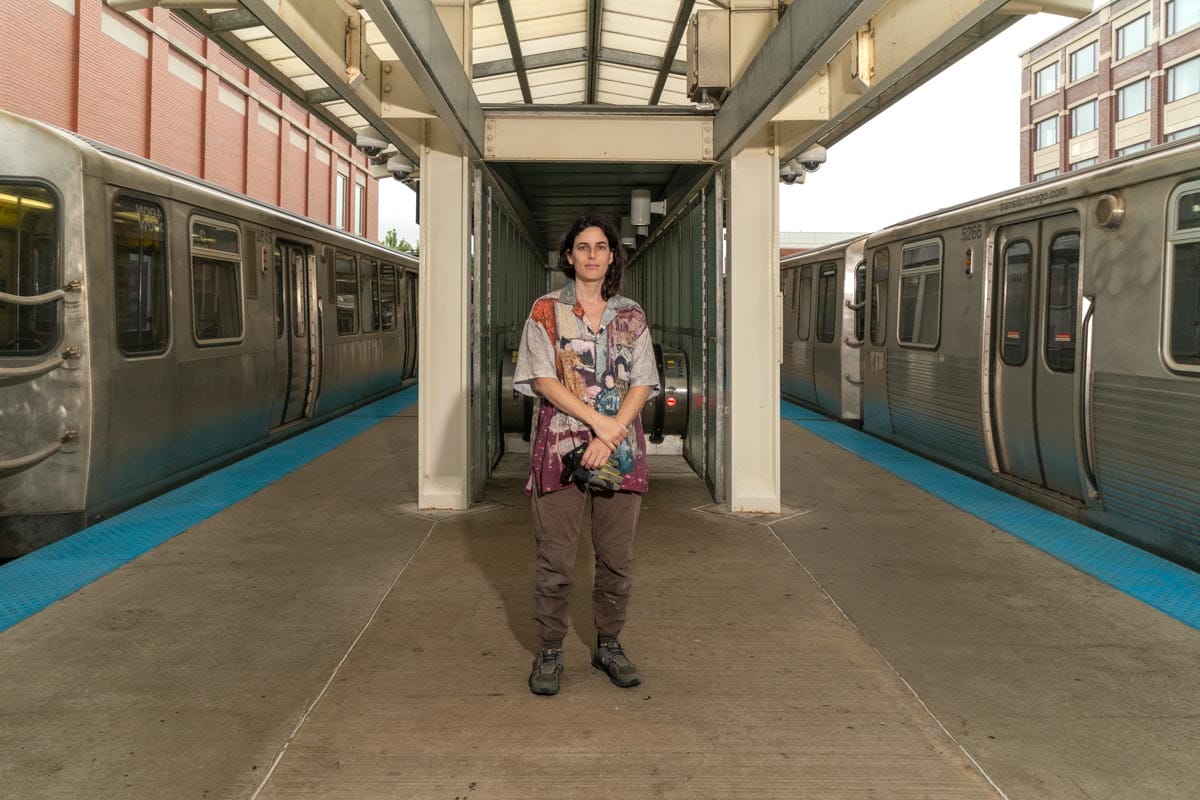
Now based between upstate New York and Chicago, Selva Aparicio has found an artistic home where she thrives as part of a community of immigrants and creative professionals. “In the U.S., I have been surrounded by immigrants who have overcome incredible difficulties,” Aparicio says. “These experiences have reinforced my understanding that everyone has a story and that we all belong.”
Related News
Vilcek Foundation Awards $250,000 to Immigrant Artists

Guadalupe Maravilla: Healing Trauma Through Art
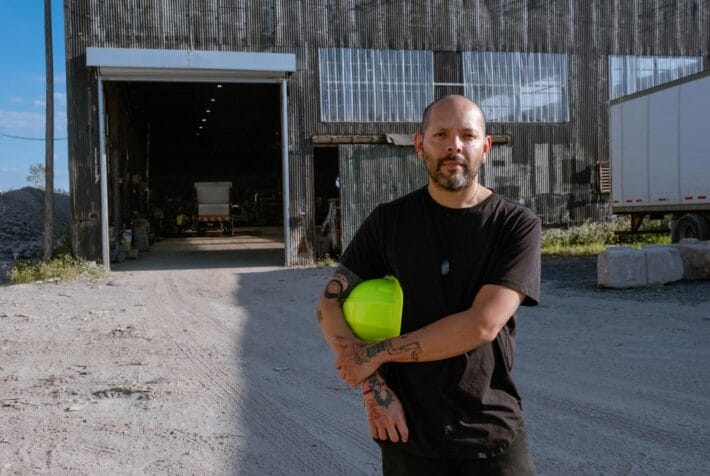
Liberation and Belonging: The Artistic Vision of Jeffrey Meris

You may also be interested in
Selva Aparicio

Asia Art Archive in America
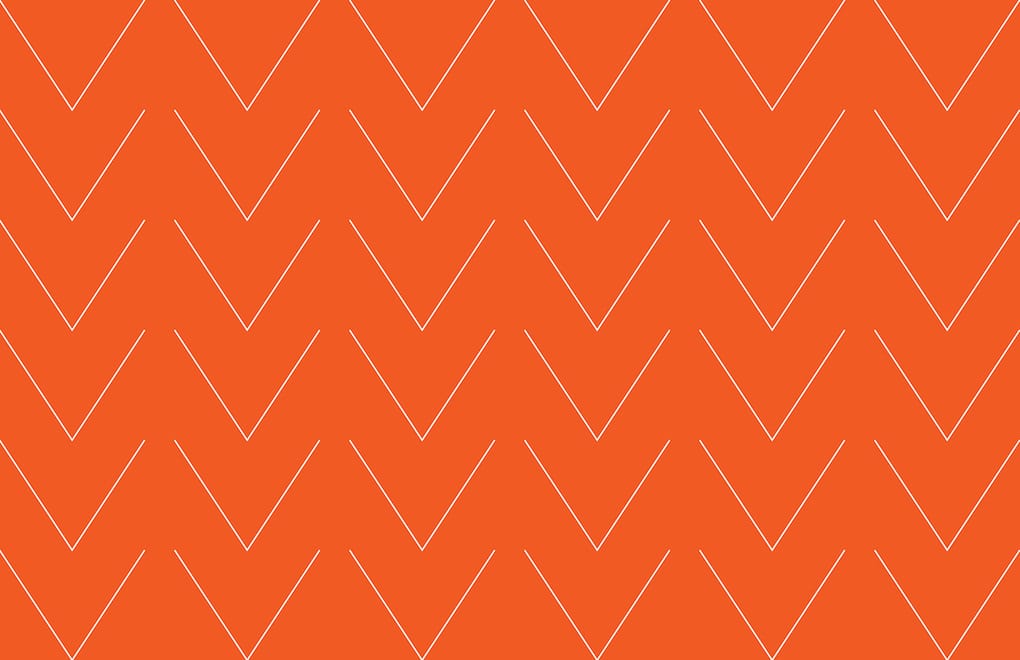
Jeffrey Meris
